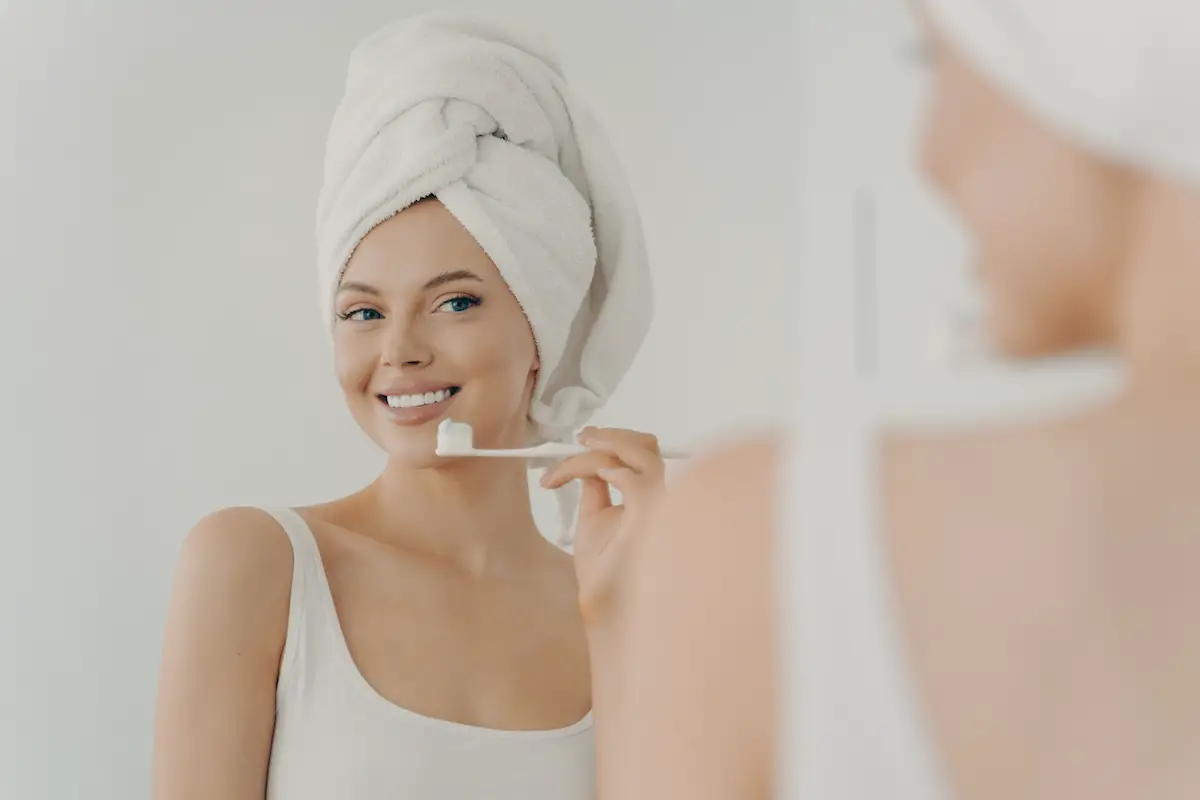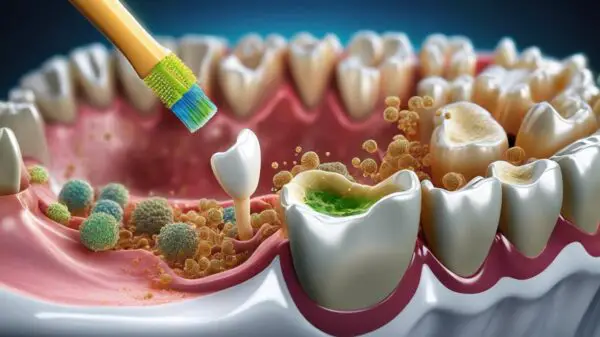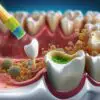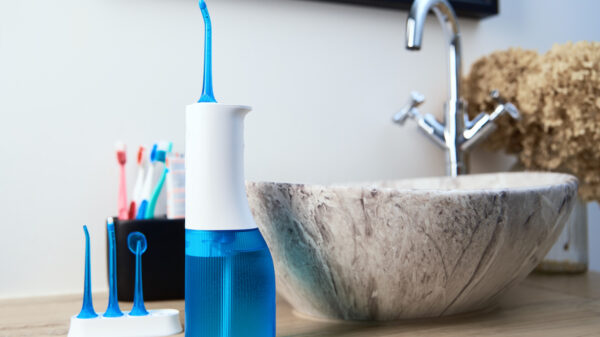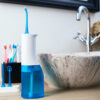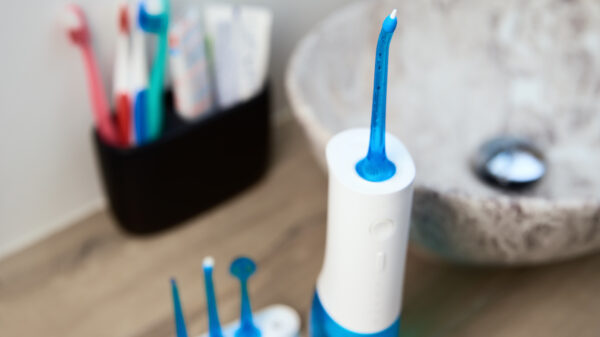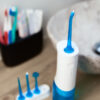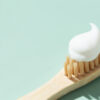8 Ways to Whiten Teeth At Home
A bright, white smile is something that everyone wants. While there are many ways to achieve this, some methods are more effective than others. Here are eight of the best ways to whiten teeth at home:
- Baking Soda and Hydrogen Peroxide
- Coconut Oil Pulling
- Lemon and Orange Peels
- Brushing with Baking Soda
- Activated Charcoal
- DIY Whitening Toothpaste
- Whitening Strips or Gels
- Take-Home Whitening Kits
In this blog post, we will take a closer look at the efficacy of each of these natural teeth whitening solutions. So whether you’re looking for a quick fix or a more long-term solution, we have you covered!

1. Whitening Teeth with Baking Soda & Hydrogen Peroxide
This classic teeth whitening method has been used for years with great success. All you need is some baking soda and hydrogen peroxide.
Baking soda is a natural abrasive that can remove staining and discoloration from your teeth. Hydrogen peroxide is an effective bleaching agent that will help to brighten your smile. Together, these two ingredients make for an excellent teeth whitening solution!
Simply mix equal parts of each, apply to your teeth with a toothbrush, and let sit for about two minutes before rinsing off. You can do this once or twice a week for the best results.
This is perhaps one of the most cost-effective ways to achieve a brighter smile.
2. Whitening Teeth with Coconut Oil Pulling
Coconut oil pulling is an ancient practice that has resurfaced in recent years as a popular natural remedy. The idea is that by swishing coconut oil around in your mouth for 20 minutes each day, you can remove plaque and bacteria that cause yellowing teeth.
This method takes some time to see results, but it is gentle on the teeth and good for your overall oral health.
Other benefits of using coconut oil for whitening your teeth include:
- Reduced Inflammation
- Kills Bad Breath Bacteria
- Fights Gum Disease
To do coconut oil pulling, simply swish a tablespoon of oil around in your mouth for 20 minutes each day. Spit it out after the allotted time and brush your teeth as usual.
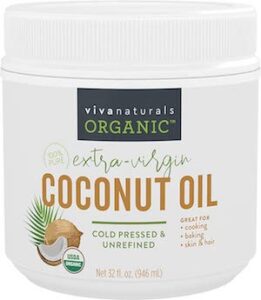
3. Whitening Teeth with Lemon & Orange Peels
Lemon and orange peels are a great way to achieve brighter teeth without resorting to harsh chemicals. The citric acid in the fruit peels helps to remove stains and discoloration.
To use this method, rub the inside of a peel on your teeth for two minutes each day. You can do this every day until you see the desired results. It takes most individuals about a week to begin seeing results.
Be sure to brush your teeth afterward to remove the acidic residue from your teeth. After brushing, rinse your mouth out well as the acid can erode tooth enamel if used too often.
4. Whitening Teeth with Brushing With Baking Soda
Baking soda is a well-known household cleaning product that can also be used to whiten teeth. It is mildly abrasive, so it can help to remove surface stains on the teeth.
To use baking soda to whiten teeth, wet your toothbrush and dip it into the baking soda. Gently brush your teeth with the baking soda for two minutes before rinsing off. Do this once or twice a week for best results.
Potential downsides to brushing your teeth with baking soda include:
- It may be too abrasive for some people
- Can cause tooth sensitivity
- Should only be used once or twice a week
If you have sensitive teeth, you may want to avoid this method. Otherwise, baking soda is an effective and inexpensive way to achieve brighter teeth!
Additionally, many people miss the minty fresh taste that accompanies traditional toothpaste while using this method. Simply finish your oral care routine with minty mouthwash to enjoy the benefits of both!
5. Whitening Teeth with Activated Charcoal
Activated charcoal is another popular natural remedy that can be used to whiten teeth. It works by adsorbing plaque and other substances that cause stains on the teeth.
To use activated charcoal to whiten teeth, wet your toothbrush and dip it into the powder. Gently brush your teeth with the charcoal for two minutes before rinsing off. Do this once or twice a week for best results.
Other benefits of activated charcoal include:
- Reduced Bad Breath
- Fights Cavities
Activated charcoal can be purchased at most health food stores. Be sure to get the powder form, as tablets will not work as well for this purpose.
As with baking soda, activated charcoal is abrasive and can cause tooth sensitivity. If you have sensitive teeth, you may want to avoid this method.
As you can see, there are many benefits to using activated charcoal for oral care. However, it is important to note that it can be messy and may cause staining if used too often.
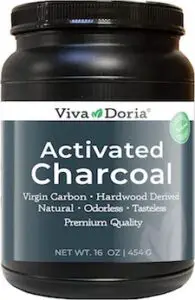
6. Whitening Teeth with DIY Whitening Toothpaste
If you’re looking for a quick fix, you can try making your whitening toothpaste at home. There are many recipes available online, but a simple one contains baking soda and hydrogen peroxide.
Simply mix equal parts of each, apply to your teeth with a toothbrush, and let sit for about two minutes before rinsing off. You can do this once or twice a week for the best results.
Many people wonder if they can pre-mix their DIY whitening toothpaste. However, it’s best to mix the ingredients right before you use them, as the hydrogen peroxide can lose its potency over time.
For a more convenient solution, opt for a ready-made whitening toothpaste that contains baking soda and hydrogen peroxide. These are readily available at most drugstores and supermarkets.
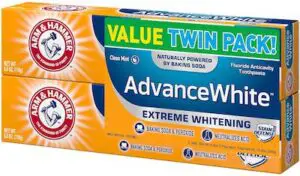
7. Whitening Teeth with Whitening Strips or Gels
Whitening strips and gels are a popular over-the-counter option for whitening teeth. They work by bleaching the teeth to remove stains and discoloration.
To use whitening strips or gels, follow the instructions on the package. Generally, you will apply the strip or gel to your teeth for a certain amount of time each day until you see the desired results.
Whitening strips and gels are not for everyone as they can cause tooth sensitivity. If you have sensitive teeth, you may want to avoid this method or talk to your dentist first.
Additionally, whitening strips and gels can be quite expensive. If you’re looking for a more affordable option, there are many other DIY methods that you can try at home!
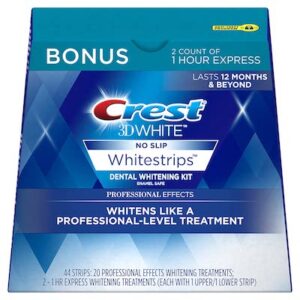
8. Whitening Teeth with Take-Home Whitening Kits
Take-home whitening kits are another popular over-the-counter option for whitening teeth. They work by bleaching the teeth to remove stains and discoloration.
If you are looking to achieve a brighter smile, your dentist may be able to recommend or provide you with a take-home kit that contains everything you need.
Take-home whitening kits are a great option for those who want to achieve professional-looking results without having to go to the dentist. However, they can be quite expensive and may not be covered by insurance.
To use a take-home whitening kit, follow the instructions that come with the kit. Generally, you will apply the whitening gel to your teeth for a certain amount of time each day until you see the desired results.
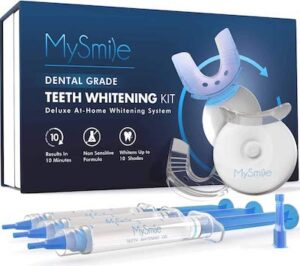
There are many different ways to whiten teeth at home, but these are eight of the best methods. Whitening your teeth at home is generally safe and effective, but be sure to talk to your dentist before starting any new oral care routine.
Related Questions
How often should I whiten my teeth?
Most dentists recommend teeth whitening every six months to one year. However, some people may need to whiten more frequently if they have certain medical conditions or take medications that cause tooth discoloration.
Can I use bleach to whiten my teeth?
No, you should never use bleach to whiten your teeth. Bleach is a harsh chemical that can damage the enamel on your teeth and cause other serious side effects. If you want to whiten your teeth, talk to your dentist about safe and effective options.
What are the side effects of teeth whitening?
The most common side effect of teeth whitening is the temporary sensitivity of the teeth and gums. This usually goes away within a few days. Other rare side effects include irritation of the gums, lips, and throat; hives; and difficulty breathing. If you experience any of these side effects, stop using the whitening product and talk to your dentist.
In Closing
Whitening your teeth at home is generally safe and effective, but be sure to talk to your dentist before starting any new oral care routine. With so many different methods available, you’re sure to find one that works for you.
From simple solutions to incorporating whitening toothpaste into your daily oral care routine to more involved solutions such as whitening strips or gels, there are many options available. Choose the one that best fits your needs and budget, and you’ll be on your way to achieving the perfect smile in no time.
Finally, if you are not receiving the results you desire from at-home tooth whitening, consider discussing professional teeth whitening with your dentist. Although professional tooth whitening is significantly more expensive, it can provide you with the quick, dramatic results you’re looking for.



